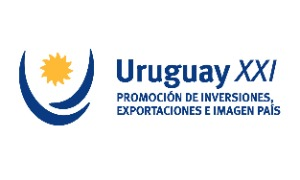Instituto Uruguay XXI prepared a complete report on the Uruguayan financial system highlighting its main features, the stock market and its main players. According to this document, Uruguay displays a stable, transparent, highly regulated and supervised system. Its stability is a result of the liquidity and solvency of its financial market; there are no restrictions to the entry or exit of capital or any exchange controls on foreign currency transactions.
Likewise, in the past decade the Uruguayan financial system has strongly evolved towards de-dollarizing the economy and has witnessed an increase in participation from national depositors, resulting in a higher level of trust in national currency deposits.
Additionally, the financial market is characterized for its high level of concentration. The National Government Bank (Banco de la República Oriental del Uruguay -BROU) throughout history has reached a market share higher than 30% of the total volume of banking transactions but currently it has exceeded 50%. Private sector concentration is also high: four of the main private banking institutions possess a total volume of transactions exceeding 75%. This situation was strengthened by a series of mergers and acquisitions.



Follow Us